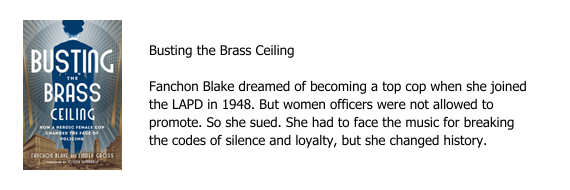Now that we’ve dealt with the formatting of your manuscript, we can finally move on to how to copyedit language.
I always start by running two spellchecks. The spellcheck attached to Word is much faster, but catches less than Grammarly, which the website describes as a “cloud-based typing assistant that reviews spelling, grammar, punctuation, clarity, engagement, and delivery mistakes in English language text.” So, I use the Word spellcheck the first time around to correct as many mistakes as possible. Then I move to Grammarly, which is tedious but super useful. I have not tried ProWritingAid, described as an “AI-powered grammar and style checker,” but a number of my writing coach clients swear by it, so that might be worth a look.
Please note that the spellchecks and grammar checks represent only the beginning of your copyediting on the language front. While these apps catch a lot, they definitely do not catch everything. Not even close. On the other hand, if you’re planning to hand off your manuscript to a professional copyeditor, I would probably do that after running both checks. If you’re the one doing the copyedit, read on.
The biggest challenge for anyone doing a copyedit is that our brains, as you can see in a post I wrote a few years ago, often work against us by filling in missing letters and somehow rendering repeated words invisible. Unfortunately, this mental autocorrect function doesn’t translate to the page. As a copyeditor, you also run the risk of getting sucked in by the material. So, you need to slow way down. Read the copy out loud, even if you’re only doing that internally. Or start at the end, and read sentence by sentence moving backward. Either way, expect to read the entire manuscript a second time to make sure you got everything.
So, what exactly are you looking for?
If you read last week’s post, you know that I suggest dealing with formatting errors right off the bat. Not only will you see them better when you’re not actually reading, but they also won’t distract you from the language work you need to do. That includes:
- Spelling errors
- Grammatical errors including verb tenses
- Punctuation errors
- Language tightening – Eliminate filler words and simplify unnecessarily wordy phrases.
- Word usage – In addition to ensuring that a word is used correctly, you’ll want to point out whether a word is overused, especially when that occurs in a sentence or a paragraph, and suggest alternatives.
- Idea repetition – It’s hard for writers to recognize word repetition, let alone the duplication of ideas, especially when they’ve gone over and over their manuscripts. You’re the one bringing fresh eyes to the project. It’s up to you to point that out.
- Sentence structure – Although sentence issues like passive voice or run-on sentences will hopefully have been handled by a line edit, you’re the backup on this front. Offer suggestions about how to fix the problem rather than just drawing attention to it.
- Consistency – In addition to making sure that certain words are handled the same way (for example, as one word, say copyedit, a hyphenated word, such as copy-edit, or two words like copy edit), you’re the one making sure that details such as the description of characters or settings are also consistent. The line editor, who’s looking at how the overall story and language work, won’t always catch this kind of detail. You’re the one scrutinizing the manuscript with a magnifying glass.
- Citations and other references including bibliographies. Here, you’ll want to make sure that the correct rules for footnotes, endnotes, bibliographies, etc. have been adhered to. If you’re also responsible for fact-checking, you will want to double-check all references as well. That’s something you need to specify before you take on—or even quote—a job.
As you work through the manuscript, consider creating a style sheet that details global changes made. This can be quite useful when authors write subsequent books. To find out more about style sheets, check out “How to Write a Style Sheet for Proofreading or Copy Editing.” While I think the author(s) may be a bit excessive when delineating all that could be included in a style sheet, I like the fact that they offer style-sheet templates for various types of writing.
Finally, remember when offering explanations or suggestions, or even asking questions, to tread lightly and engage with the utmost diplomacy. The best advice when it comes to how to copyedit language or anything else for that matter? Handle the communication the way you would if you were talking to parents about a baby.




















0 Comments